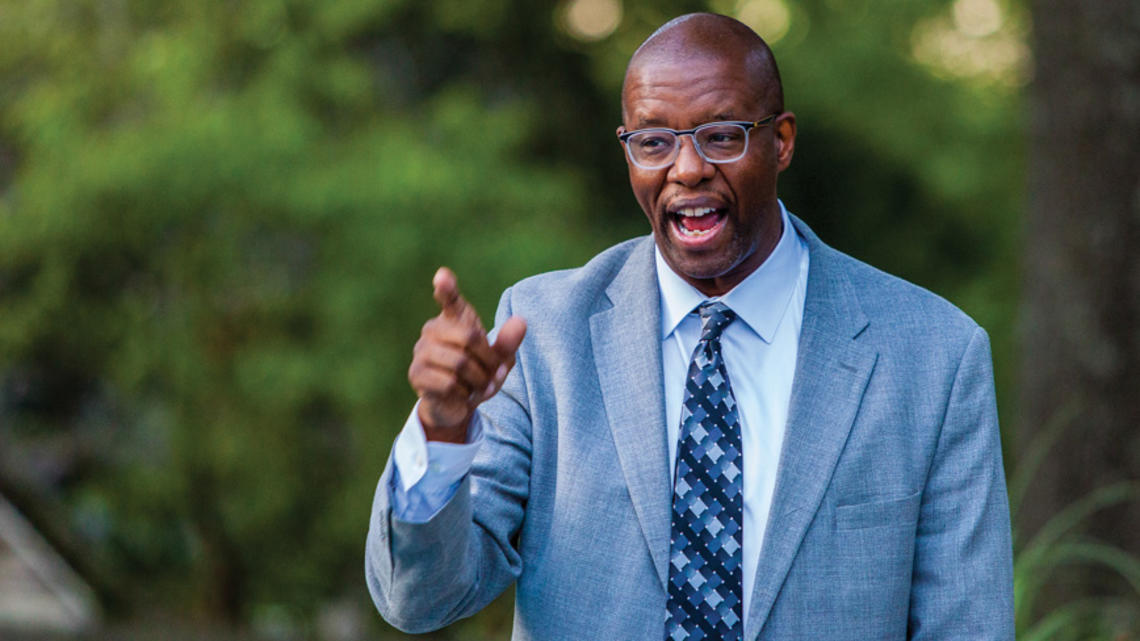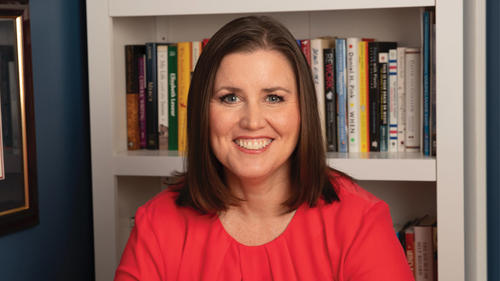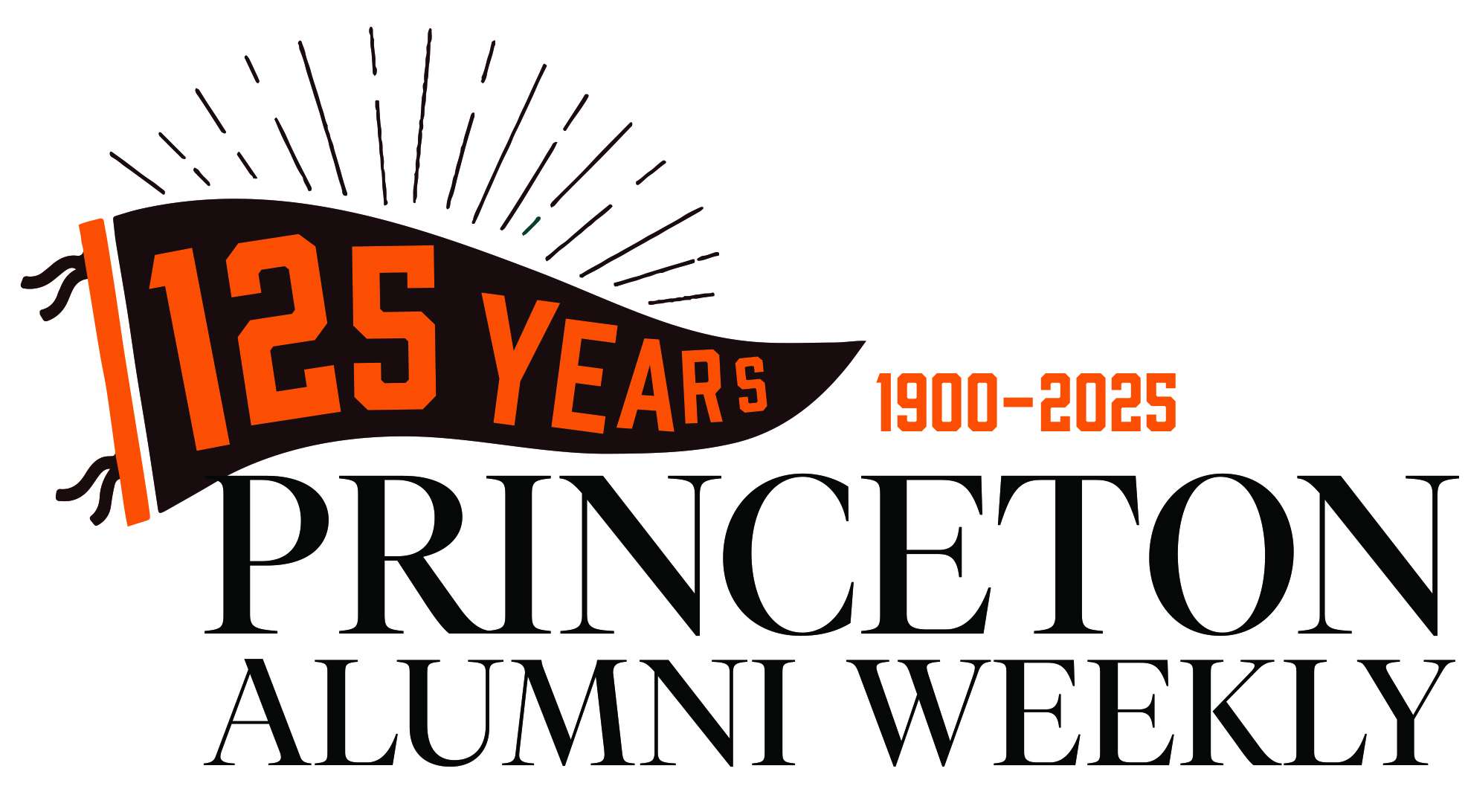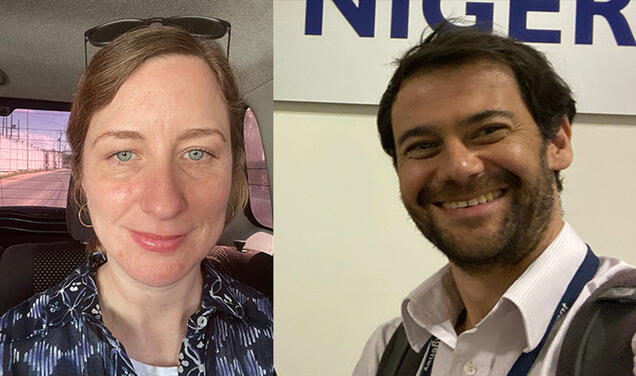Amid DEI Backlash, These Alumni in the Field Emphasize the Business Case
Diversity, equity, and inclusion aren’t just good for people, say these alumni who work in the field, but for business

David Campt ’82 recognizes that initiatives tied to diversity, equity, and inclusion (DEI) have been under fire since President Donald Trump took office in January but says it’s nothing new.
“The backlash against DEI didn’t start with President Trump. There’s a long arc of resentment toward these efforts. Even in 1965, most white Americans thought Dr. Martin Luther King Jr. was moving too fast,” says Campt, a former adviser to the White House under President Bill Clinton and the founder and principal of The Dialogue Company, which helps people and organizations navigate conflict and improve collaboration through better conversations.
In the wake of George Floyd’s murder in 2020, the corporate world moved swiftly, with brands pledging billions and organizations establishing new DEI departments. But beneath the momentum was a deep, pre-existing fault line. Once a rallying cry for social progress, DEI became a lightning rod for political division.
Now many executives are reluctant to even talk about their companies’ views on DEI, instead referring to press releases and corporate websites. “People are afraid of this issue now,” Campt says. “People feel like they will somehow be subject to some level of government punishment.”
PAW reached out to more than two dozen Princetonians who work in different capacities in corporate America, including those who advise corporations on leadership, to ask their thoughts about the evolution of DEI and where they see DEI heading. This included alumni who were both for and against DEI initiatives. Many did not respond or declined to comment, citing time constraints, differing priorities, or concerns about the current political environment. In addition to Campt, these four alumni agreed to share their insights:
- Bernardo Ferdman ’80, principal and founder of Ferdman Consulting, an inclusive leadership, coaching, and organization development firm;
- John Rogers ’80, founder, chairman, and co-CEO of Ariel Investments, a global asset management firm;
- Kristen Leone ’00, corporate advisor and former head of industry for Google;
- Russell Goldman ’03, owner and principal designer of More Wow, a design firm.
What’s Happening Now
A survey of 1,000 companies released Jan. 21 by Resume.org found that one in eight organizations plans to scale back DEI commitments in 2025.
Several major corporations, including Target, Meta, IBM, Amazon, and Disney, announced they would be dialing down DEI initiatives in the weeks following President Trump’s executive orders targeting DEI.
But Ferdman sees confusion arising from the lack of clarity in Trump’s executive orders, noting that companies seem to be overreacting to avoid penalties or being singled out.

Despite political pressure, many other companies, including Apple, Costco, Microsoft, Patagonia, Ben & Jerry’s, and Delta Airlines, have reaffirmed their commitment to DEI. Rogers emphasizes that this moment calls for profiles in courage. “The business leaders who stand firm on inclusion now — despite the noise — are the ones history will remember. They’re choosing long-term value over short-term optics.”
Rogers says Ariel Investments continues to partner with companies to train them about diversity and sustainability. He highlights the importance of diverse board and management teams and how diversity helps businesses succeed.
He notes that Ariel Investments has “successfully encouraged over 55 portfolio companies to have their first diverse board member,” noting that “CEOs call us to thank us, telling us how much these new board members have enriched conversations and discussions within these companies … some of which have outperformed expectations due to a broader range of insights and experiences.”
Rogers compares it to Major League Baseball before Jackie Robinson broke the color barrier in 1947.
“After Jackie Robinson, baseball started recruiting more minorities like Hank Aaron and Ernie Banks. Teams that prioritized talent — no matter the background — started winning,” Rogers says. “By opening up opportunities to a diverse pool of talent, organizations can strengthen their teams and gain a competitive edge, just as basketball teams now recruit globally, leading to a stronger and more competitive league.”
‘Adapting the Vocabulary’
Despite the pullback, most corporate DEI programs are not vanishing, they’re reframing.
Faced with political landmines, many companies are using softer language and focusing on “inclusion” with similar terms such as “belonging” or “inclusive culture.” For example, JP Morgan Chase is changing “equity” to “opportunity” and renaming its diversity programs “diversity, opportunity, and inclusion.”
Some companies are also focusing on the business need, reframing diversity and inclusion as a strategy instead of a moral imperative.
“They’re not abandoning their values, they’re adapting the vocabulary,” Leone says. “Internally, the work continues.

“The challenge of using acronyms like DEI is that they can become flashpoints for criticism. Spelling out diversity, equity, and inclusion emphasizes its meaning and importance for businesses. These principles drive better results and competitive advantage.”
Ferdman notes that such reframing can be appropriate when done thoughtfully: “When I’ve worked with some organizations that really wanted to address issues of racial equity ... but weren’t ready to have the tough conversations, what we focused on was a more proactive, positive vision of inclusion.
“If reframing the conversation around belonging, inclusive culture, or leadership helps people stay engaged, great. But it shouldn’t be just a cosmetic change."
Even Campt and Ferdman have had to change their consulting practices due to the DEI backlash.
“Because of the anti-DEI backlash, it is difficult to get work on issues related to race,” Campt says. “When people ask me what I do, I often say I consult around how to communicate to increase collaboration. This includes the DEI work but also is a broader umbrella.”
Ferdman adds that he emphasizes DEI less and focuses on executive coaching and leadership development, as well as the importance of inclusive leadership. “For me, it’s about continuing to highlight the broad appeal of and need for inclusion, as well as its benefits to teams and organizations — and society,” he says.
Or as Goldman puts it, “You can call it what you want. But if you want to solve real-world problems and reach customers where they are, inclusion has to be baked into the process.”
“We’re witnessing anticipatory obedience,” he says. “People are complying with restrictions that don’t actually exist yet. It’s fear, not law.”
— Bernardo Ferdman ’80, principal and founder of Ferdman Consulting
Criticism of DEI and Its Counterpoint
A leading criticism among those who oppose DEI programs is that DEI undermines our belief in meritocracy. In response to the Trump administration’s executive orders, some companies are shifting to DEI programs that focus on “leveling” over “lifting,” in other words, eliminating bias from hiring as opposed to giving preferential treatment to lift up marginalized groups.
But Campt, Ferdman, and Leone question whether a meritocracy has ever existed, noting the longstanding reality of nepotism and the desire employers often have to hire individuals “like us.”
“In reality, well done DEI initiatives are designed to promote meritocracy and fairness, and to make sure that it’s really happening,” Ferdman says. “They are geared to removing unfair barriers and bias that keep some people out and favor others.”
Rogers says he need not look any further than Princeton for an example.

As a volunteer for the Alumni Schools Committee, he would interview and recruit potential students in the Chicago area. Then, as vice chairman, he created a committee that recruited minority students in Chicago to apply to Princeton. Among the students he met in the 1980s was Mellody Hobson ’91, who went on to become co-CEO of Ariel Investments.
“Now she’s one of the most successful business leaders in the country,” he says. “She proved once she got the opportunity, she could do extraordinary work. If that program hadn’t been in place, she might not have gone to Princeton.”
Campt notes that some critics say DEI efforts make white people feel shame or guilt, emotions they should not have to feel. “Some DEI programs unintentionally alienate white employees,” he says. “That creates resistance instead of progress.”
Campt and Ferdman stress that shame and guilt are not productive ways to foster inclusion. Through his “White Ally Toolkit,” Campt teaches how to engage white audiences and help allies have more productive conversations with white people who look at racism very differently.
The toolkit focuses on strategies for generating more constructive discussion between white allies and those who downplay or deny racism, providing practical guidance for how to have effective conversations using active listening, empathy, and personal storytelling to promote racial equity.
“If we offer tools for engagement — like the Ally Toolkit — we turn fear into curiosity,” Campt says. ”Inclusion doesn’t mean exclusion. And we need more messaging that makes that clear.”
The Business Case
The Princetonians interviewed by PAW emphasized the importance of ensuring that DEI programs are integrated into business goals and measured through data to show progress. This involves treating programs as critical components to achieve business growth, not just as performative initiatives, one-off campaigns, compliance checklists, or PR initiatives.
“Too many organizations treat DEI as a bolt-on strategy,” Campt says. “But the ones that thrive make it foundational. They turn inclusion into a habit, not a campaign.”
Despite the political headwinds, the business rationale for diversity initiatives remains compelling, with research consistently showing connections between diverse workforces and business performance. Studies tie inclusive teams to more rapid innovation, better decision-making, and higher employee retention. If fear is silencing DEI’s public voice, economic data continues to fuel its private momentum.
A series of reports by McKinsey & Company show a link between diverse leadership and financial performance. In its latest report in 2023, McKinsey found “despite a rapidly changing business landscape, the business case for diversity, equity, and inclusion not only holds but grows even stronger.” It notes that companies in the top quartile for ethnic diversity on executive teams were 39% more likely to outperform on profitability. Those with gender-diverse leadership were 27% more likely to outperform financially.
Changing demographics also reinforce the case for DEI. By 2045, the U.S. is projected to become a majority-minority nation, and Gen Z — already the most diverse generation in U.S. history — will make up a quarter of the workforce by 2030. New Gallup poll results released in February indicate that more than 20% of Gen Z (born between between 1997 and 2006) identify as LGBTQ+.
Leone emphasizes “You cannot serve what you don’t understand”, highlighting the benefits of having diverse teams — including improved customer understanding and reduced blind spots in decision-making.
Rogers notes the business case is clear: “Our changing demographics make it more and more of an imperative. If you care about long-term financial strength of a company, you have to be able to connect to a more diverse customer base and employee base.“
He adds that it’s somewhat incongruous to have boards of directors that are overwhelmingly male at companies that are selling products to women, noting, “It’s a similar situation to the Hispanic community. The lack of Hispanic directors in this country is extraordinary."
The potential impact of DEI policies on consumer behavior and its impact on the bottom line was recently brought into focus by the contrasting approaches of Target and Costco.

When Target scaled down its DEI initiatives, the decision triggered boycotts not just from political activists but also from long-time customers who felt the company had caved to pressure. Costco, though, doubled down on its DEI efforts, emphasizing that such initiatives are integral to its core values and operational success and saw a significant boost in brand loyalty. A January 2025 shareholder vote overwhelmingly affirmed the company’s diversity strategy. Over a four-week period ending Feb. 9, Costco had an increase of nearly 7.7 million store visits, while Target lost almost 5 million visits.
Ferdman notes that inclusion should be about many different identities and dimensions of diversity, explaining that DEI efforts today are moving beyond traditional demographics to embrace intersectionality.
“You can’t address race without addressing gender, ability, age, neurodiversity,” he notes. “They all interact. That’s what makes this work more complex — and more necessary.”
As Goldman says, “This is no longer about who’s invited to the table. It’s about redesigning the table altogether, so that everyone fits.”
Wendy Gerber ’80 is a global brand strategist and CEO of the International Consulting Group, a strategy, marketing, and branding consulting firm. Gerber has written for the New York Daily News, Newsday, and Branders Magazine. She is the author of the children’s book, My Mommy, the Octopus and is currently developing an animated series.











0 Responses